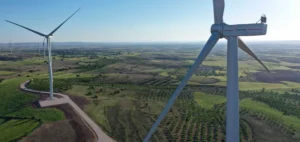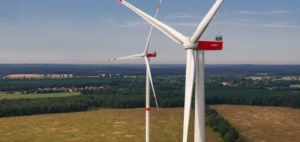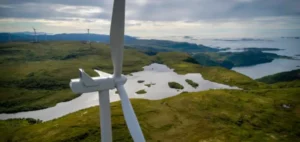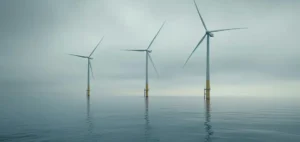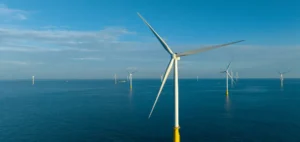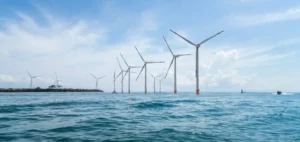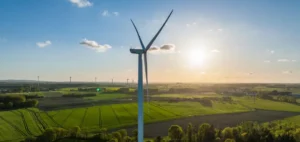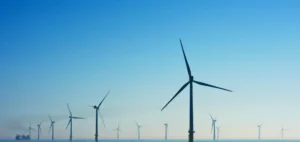Equinor, one of the world’s leading energy companies, has decided to put an end to its offshore wind initiatives in Vietnam.
The Norwegian company, which had opened an office in Hanoi in 2022 to explore opportunities in this promising sector, has announced the closure of this branch, citing regulatory obstacles and a realignment of its strategic priorities.
This withdrawal comes at a time when Vietnam is struggling to realize its ambitions in the field of renewable energies, despite a recognized wind energy potential.
Vietnam, an emerging market with some of the most favorable offshore wind resources in Asia, had attracted the attention of international investors.
However, delays in implementing the necessary reforms have complicated project development, making this market less attractive to international players.
Regulatory uncertainty, combined with an evolving political framework, led Equinor to reassess its presence in the region.
Inadequate regulatory framework
Vietnam’s energy ambitions are hampered by a legislative framework that has failed to keep pace with the sector’s needs.
The offshore wind industry, although identified as a major lever for energy diversification, remains underdeveloped due to slow approval processes and a reluctance to open up the market to foreign investors.
Pilot projects, initially envisaged to be carried out by local companies, suffer from a lack of technical expertise, hampering their implementation.
The Vietnamese industry also faces geopolitical challenges, particularly due to the location of projects in the disputed South China Sea.
This situation adds a layer of complexity to an already difficult environment, limiting the ability of foreign companies to operate safely.
Implications for Vietnam’s wind energy sector
Equinor’s departure, combined with the suspension of projects by other players such as Orsted, could have significant consequences for the development of offshore wind power in Vietnam.
This massive withdrawal of experienced players highlights the challenges facing the sector, and could delay the achievement of the renewable energy production targets set by the Vietnamese government.
With only 1 gigawatt of installed capacity planned by 2030, Vietnam risks missing out on a key opportunity to diversify its energy mix.
The abandonment of Equinor underlines the need for the Vietnamese authorities to stabilize the regulatory framework and foster international partnerships.
The closure of Equinor’s Hanoi office illustrates the difficulties encountered by foreign companies in this sector, making it all the more crucial that reforms be implemented to attract new investment and develop the necessary infrastructure.


